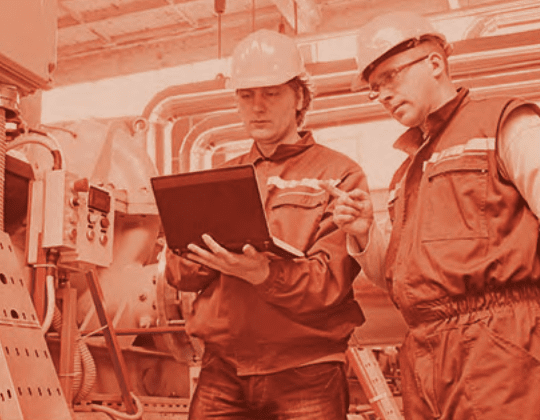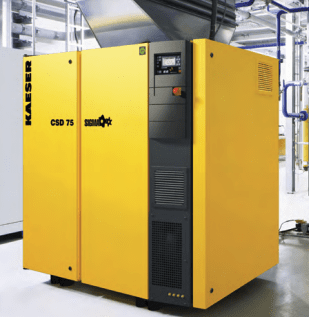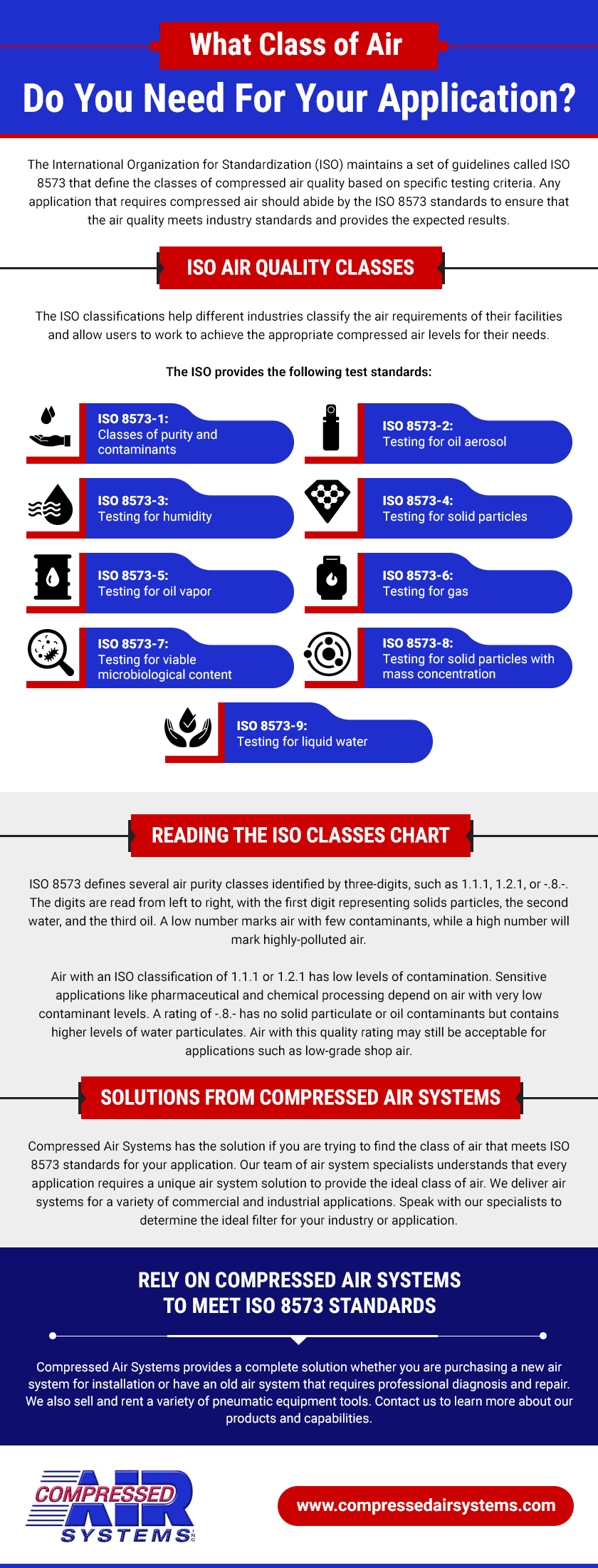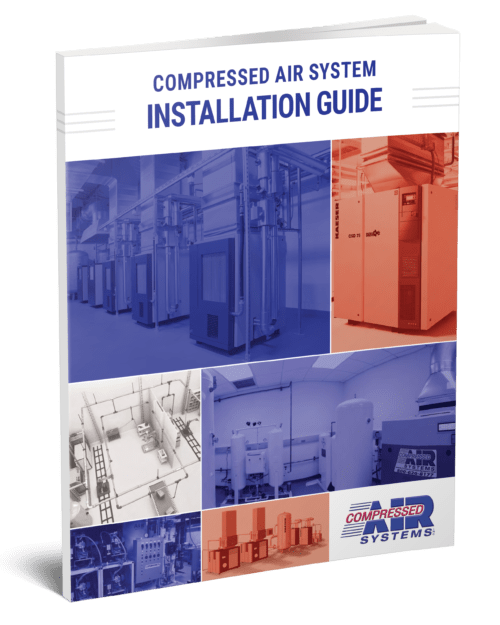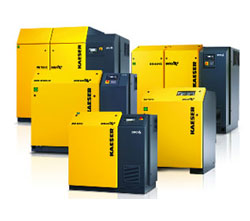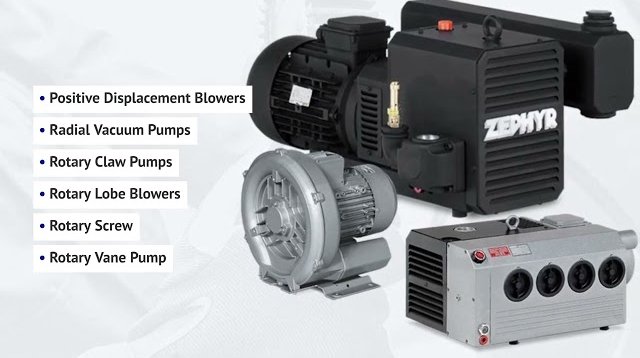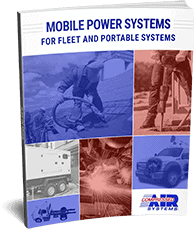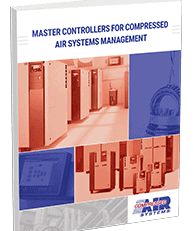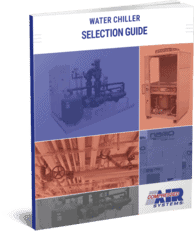What is the Most Common Cause of Air Compressor Failure?
Comments Off on What is the Most Common Cause of Air Compressor Failure?Industrial air compressors are powerful pieces of equipment used in a range of industrial processes. Aerospace, manufacturing, metal fabrication, and other industries all need reliable access to compressed air. Unexpected equipment failures can halt operations and result in costly repairs.
If you’ve ever wondered what is the most common cause of air compressor failure, read on. Our guide will highlight the most common suspects to help minimize future problems with your equipment.
The Most Common Causes of Air Compressor Failure
From long-term use to mishandling or neglect, any type of equipment can experience problems. The most common causes of failure with air compressors are a lack of preventative maintenance, overheating, or electrical issues.
Lack of Maintenance
Whether your air compressor is oil-lubricated or oil-free, it will still require regular inspections to keep operating at its best. Oil gets dirty, air intake filters will clog, seals and hoses will crack, and fittings or power cables can become damaged over time. Any one of these problems can lead to unexpected equipment failures.
Following your machine’s recommended maintenance schedule is critical. Equipment like rotary screw air compressors contain a number of moving parts needing maintenance. You can prolong the life of your compressor by regularly replacing your air and oil filters.
Overheating
Overheating is one of the most common causes of air compressor failure. There are several reasons this can occur:
- Excessive use
- Operation in hot or humid environments
- Restricted airflow
- Heat buildup in cooling systems
To avoid overheating, make sure you work in a properly ventilated area and avoid overloading your compressor.
Electrical Issues
Faulty wiring, power surges, and tripped breakers can all damage an air compressor’s motor and lead to failure. If you’re experiencing any electrical issues, you’ll want to consult a licensed electrician as soon as possible.
Wear and Tear
No matter how meticulous you are about preventative maintenance, wear and tear will naturally occur throughout your equipment’s lifespan. It’s important to note that while oil-less air compressors require less maintenance than other compressors, they have many components (seals, hoses, filters, etc.) that must still be checked and replaced over time.
Bearing Failure
Bearings are a small yet vital component of any air compressor. If your compressor’s motor has insufficient lubrication, your air compressor’s motor can overheat, degrade, and even fail prematurely. Keeping the bearings well-lubricated with clean oil is an easy way to keep your air compressor running smoothly.
Tips to Prevent Air Compressor Failure
While consulting your user manual will offer the most specific advice regarding proper maintenance procedures, some general best practices include:
- Regularly cleaning filters
- Checking oil levels
- Draining condensation
Warning Signs Your Air Compressor Might Fail
If you’re noticing any of the following issues, something may be failing in your equipment:
- Excessive noise
- Oil pass-through
- Warm air
- Excess moisture
- Excessive movement or shaking
- Low air pressure
Taking steps to investigate and resolve any unusual symptoms quickly can prevent more serious issues from developing, saving you time and money.
Experience Greater Reliability With Compressed Air Systems
We believe the best performance comes from simple design. To enjoy maximum performance and reliability long-term, look for compressors that are simple to operate and review the manufacturer’s guide on inspection and daily use.
If you’re concerned about air compressor failure, reach out to our team for assistance or browse our catalog to discover quality solutions.





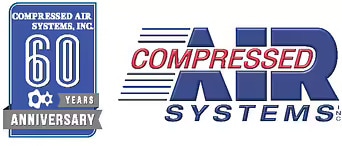

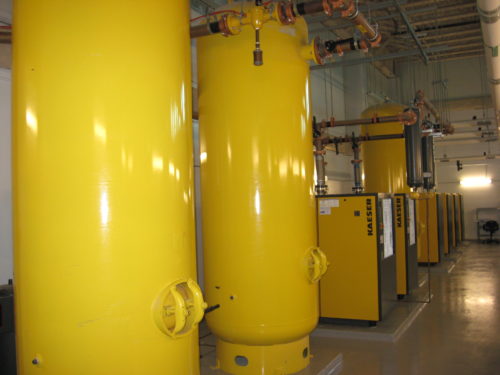 CAES can be used for large-scale energy storage, in which the air is stored in pressurized storage tanks or underground caverns. Pressurized air is pumped into the enclosure using a compressor and stored until the energy is needed. The stored energy is retrieved by allowing the air to expand, which pushes high-pressure air through a turbine to create electricity.
CAES can be used for large-scale energy storage, in which the air is stored in pressurized storage tanks or underground caverns. Pressurized air is pumped into the enclosure using a compressor and stored until the energy is needed. The stored energy is retrieved by allowing the air to expand, which pushes high-pressure air through a turbine to create electricity.
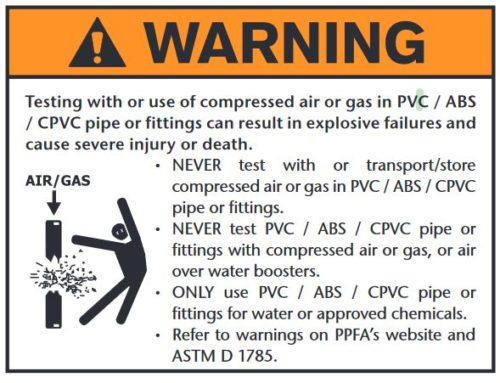
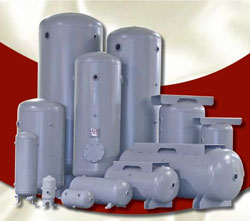 Air receiver tanks are sized in terms of volume (measured in gallons). They are available in sizes ranging from 5-gallon capacities to several thousand gallon capacities. It is important to choose the size based on the needs of the application. Key considerations to keep in mind include:
Air receiver tanks are sized in terms of volume (measured in gallons). They are available in sizes ranging from 5-gallon capacities to several thousand gallon capacities. It is important to choose the size based on the needs of the application. Key considerations to keep in mind include: 